SIDE STEP: A Momentary Escape From the Real World Through Art
Almost since birth, Louise-Anne van ‘t Riet has spent much of her spare time in museums and galleries. “When I’m surrounded by art, I have the feeling that my mind flies;” she proclaims, “that time is suspended, and nothing else matters other than recharging my energy.” Lou is a designer whose work is very often influenced by art—it always inspires her and helps her to meditate and escape. But her thesis is not about creating art. Rather, Lou’s products and services are an attempt to make art accessible, enjoyable, and understandable to people who don’t appreciate art.
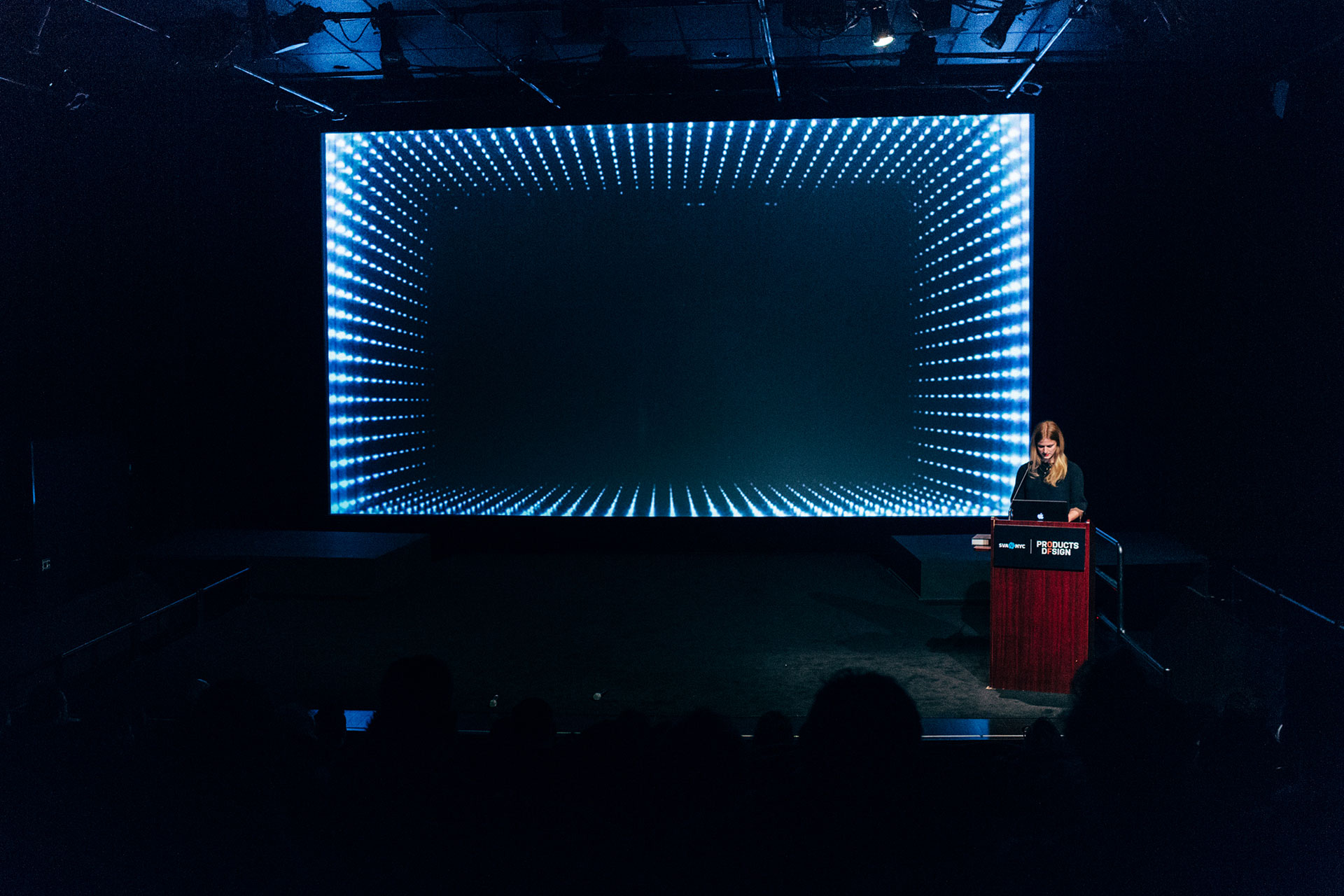
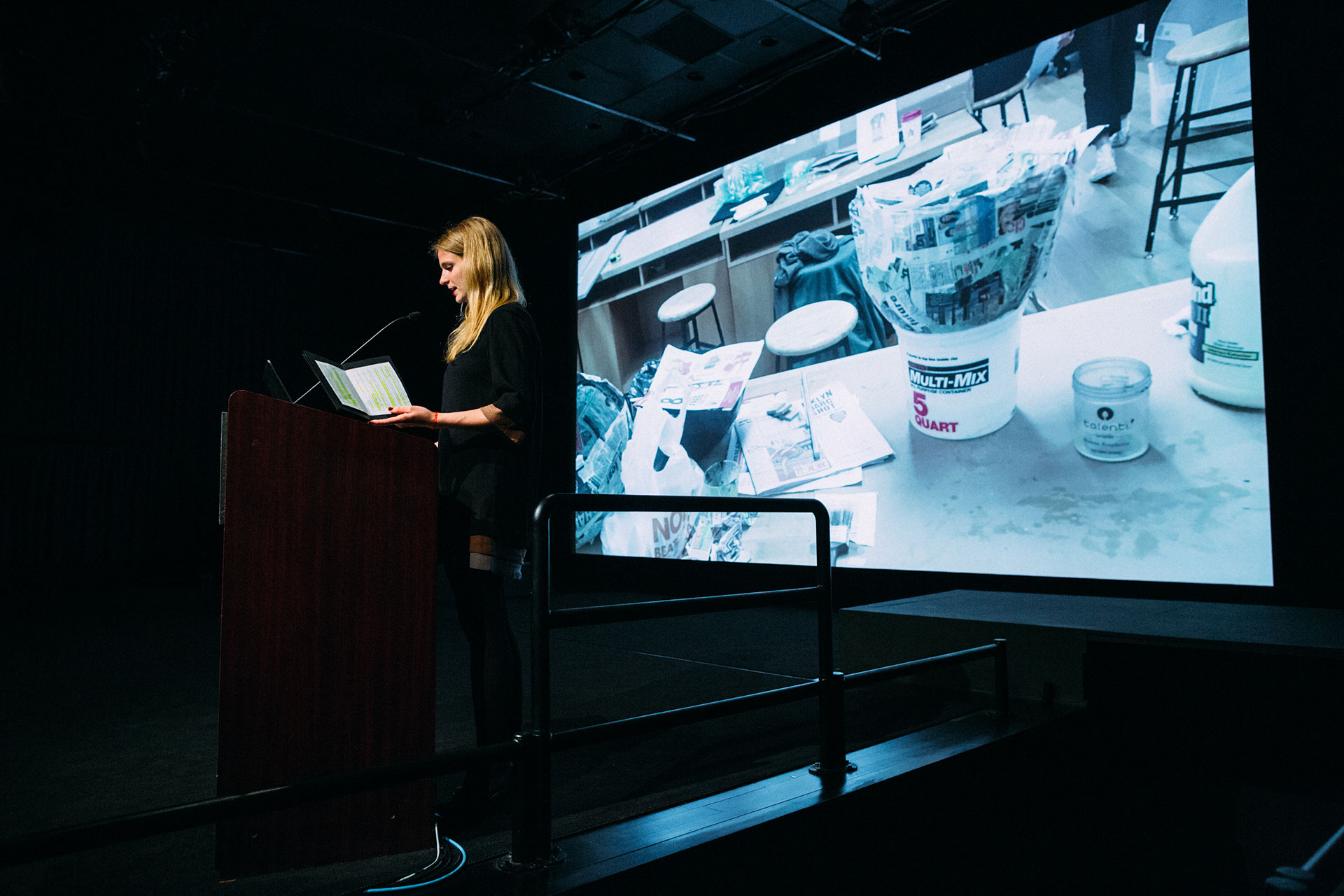
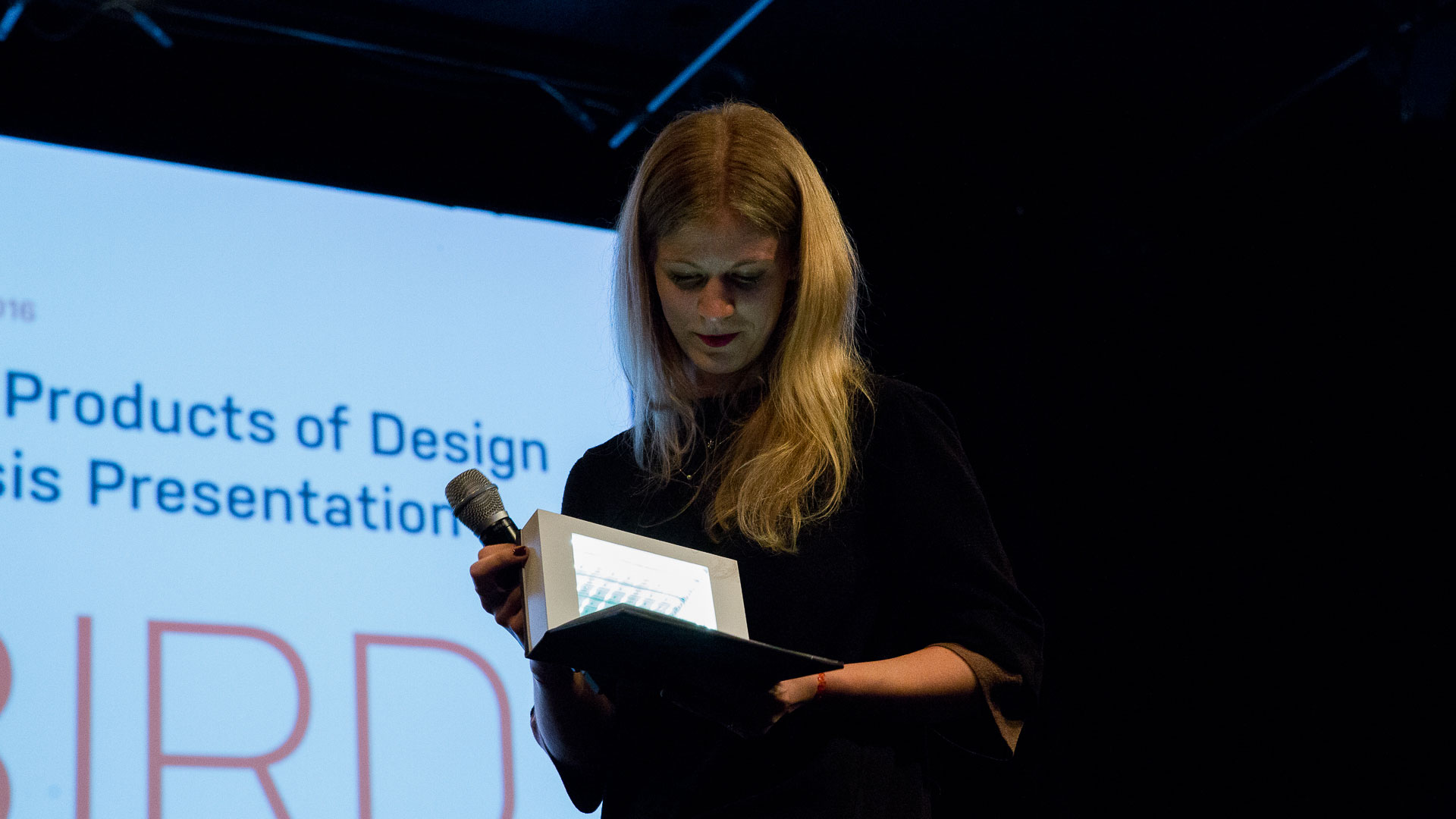
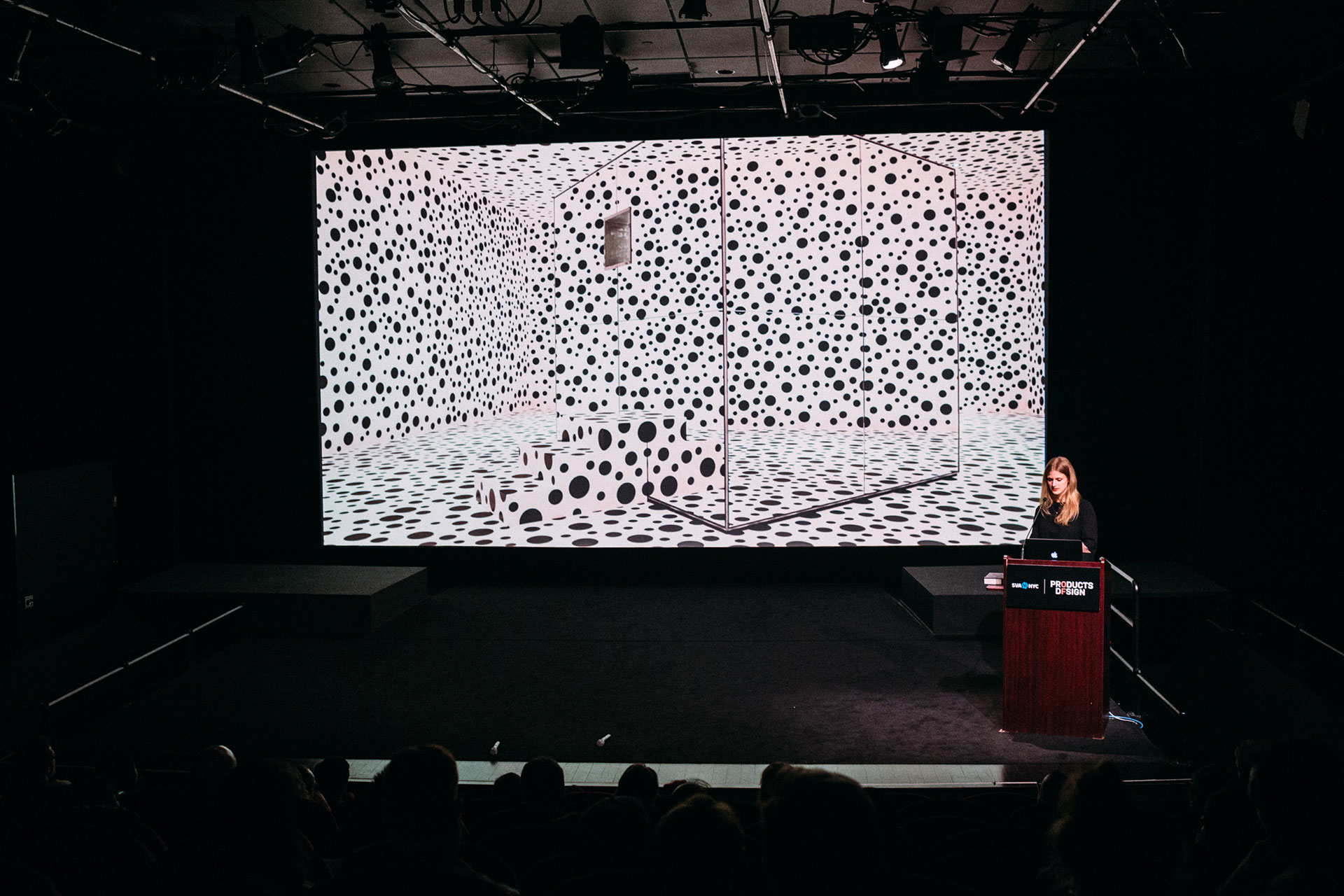
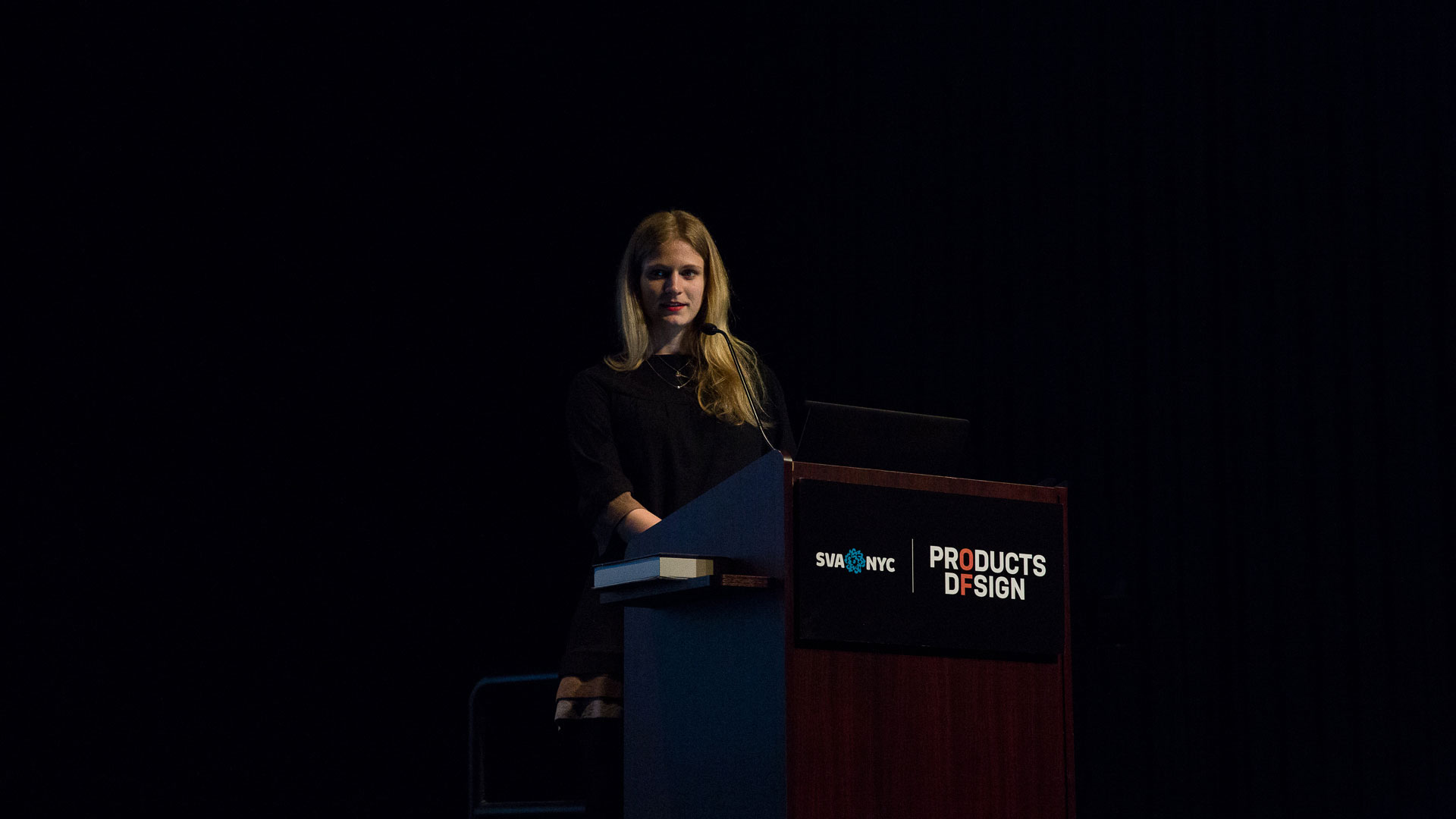


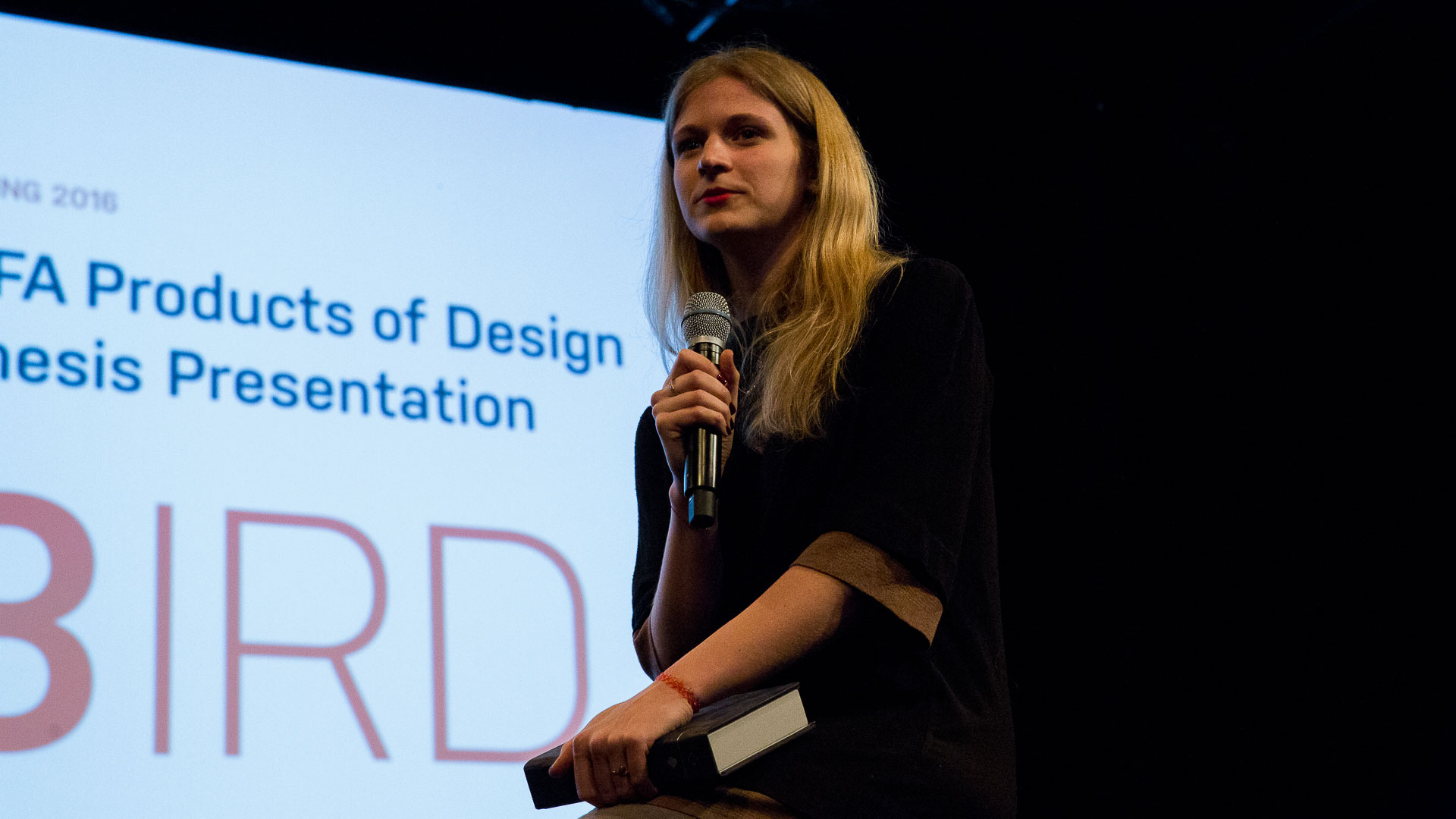
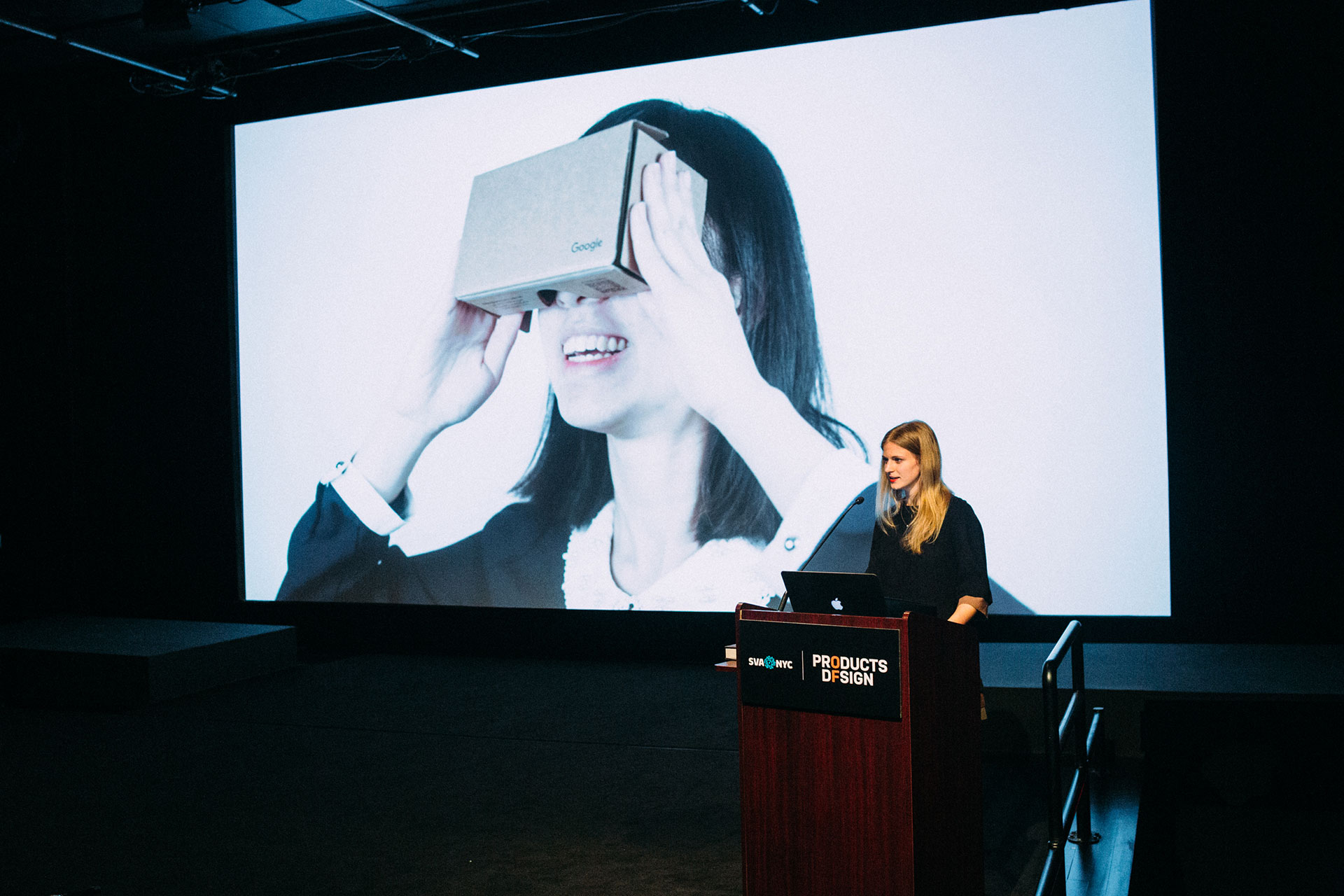
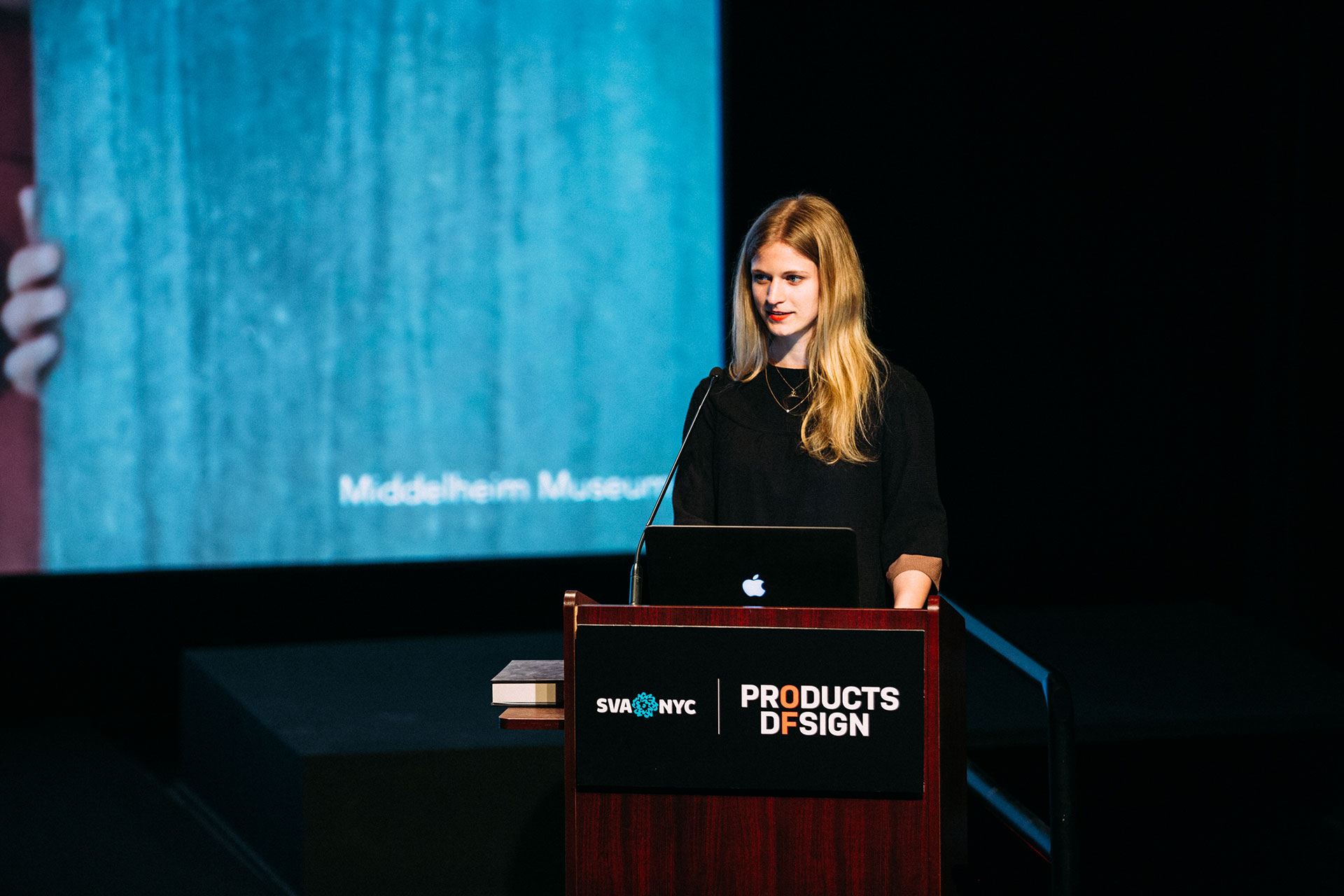

“I want to change the relationship between people and works of art—by using design to enhance the experiences and environments in which we view them.”
Over the course of nine months, she conducted research, conducted interviews, and created design work—both low- and high-fidelity, both physical and digital—to explore the intersection between people and art. She divided her work into early explorations, co-creative workshops, an app, an event, and assorted other instantiations.
ACT Gallery and Alternative Ways of Seeing
"People don’t really look at art anymore,” she argues. “They wander from one work to the next, instead of really engaging with the art.” To counteract this behavior, Lou reimagined a gallery called ACT—a gallery where the users cannot be passive anymore.
Here, she took an absurdist approach in an attempt to “make people look again” at works of art in an irrational way—responding to Stephanie Rosenbloom’s observation that “The average visitor spends 15 to 30 seconds in front of a work of art.” In one of the ACT Gallery rooms, for example, all the artworks are turned away from the visitors, but placed opposite a mirror so as to force them to get closer and to move around.
In another room, a hole in the floor serves as a portal through which visitors on the upper level can see the art downstairs (with a different perspective of course!), and also where they can observe the people looking at the artworks—turning the act of observing art into a piece of performance art itself.
“I challenged the unwritten rules that “you cannot”: Touch, talk, get close to, or take an active role in your relationship with the gallery.”
Extrapolating from this theme, Lou realized that no matter our posture, while we look at art with our eyes, we aren’t allowed to touch the work. Here, she created Sense—a book containing pictures of paintings along with their black on black, textured ‘reliefs.’
On the left-hand pages of the book are two thematically-similar paintings, and on the right, there is the relief of just one of the paintings. The user is asked to touch the relief and to guess which one they feel.
“This sensory approach allows us to experience art on a completely new level,” Lou argues. Another of her early explorations is a set of different lenses called Shades.
Every lens in the Shades collection affects the users vision differently—each emphasizing and privileging different aspects of a painting—color, form, detail, or resolution. Here, we’re invited to “see” art in literally different ways, uncovering aspects that may have gone unrevealed or unnoticed. Each lens is different: some increase color contrast; others reduce brightness; still others blur detail in order to reveal color fields. (Think of them as analog versions of Instagram filters.)
Try this test below to see if you can tell what painting this is as it increases in resolution.

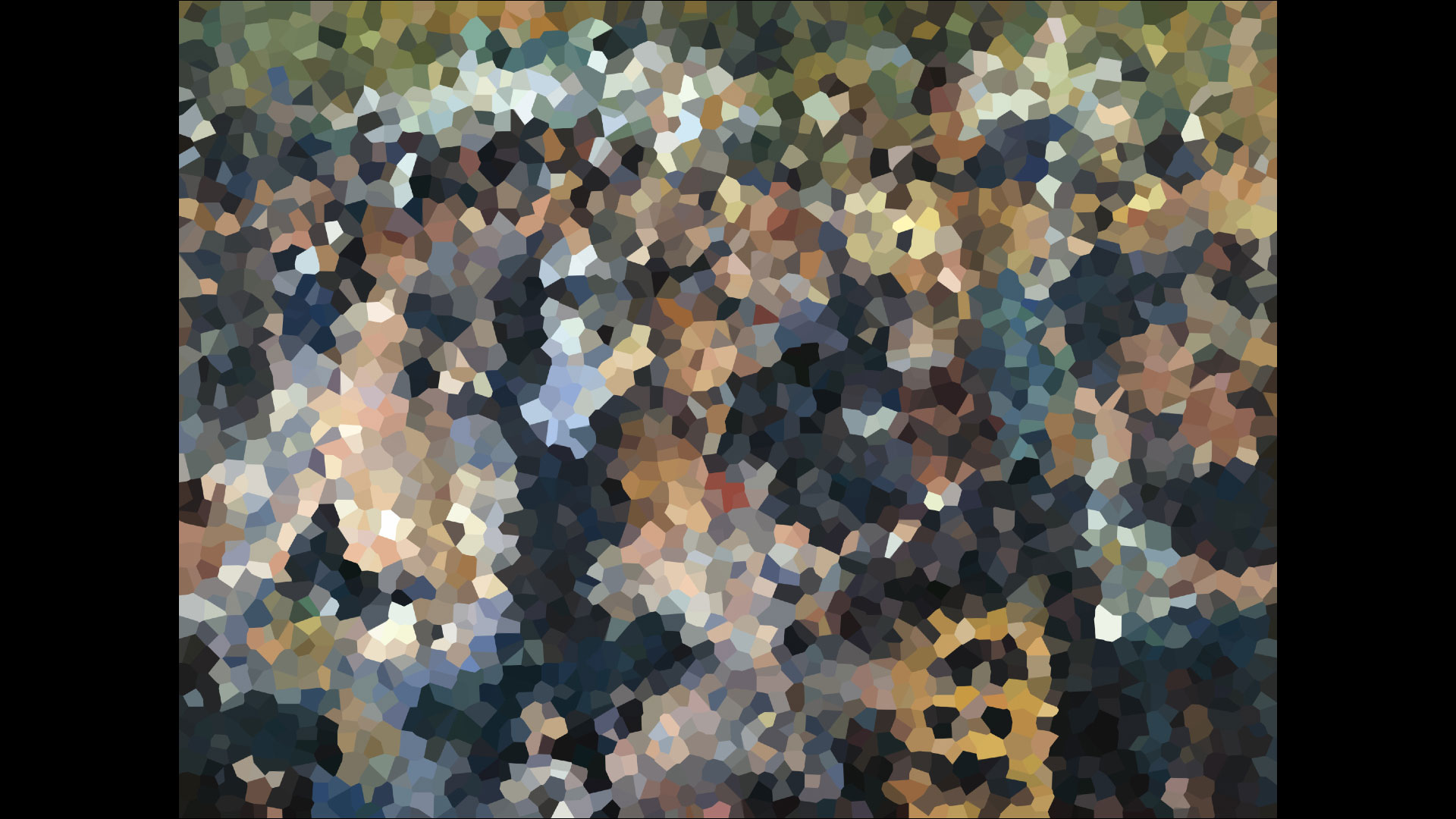
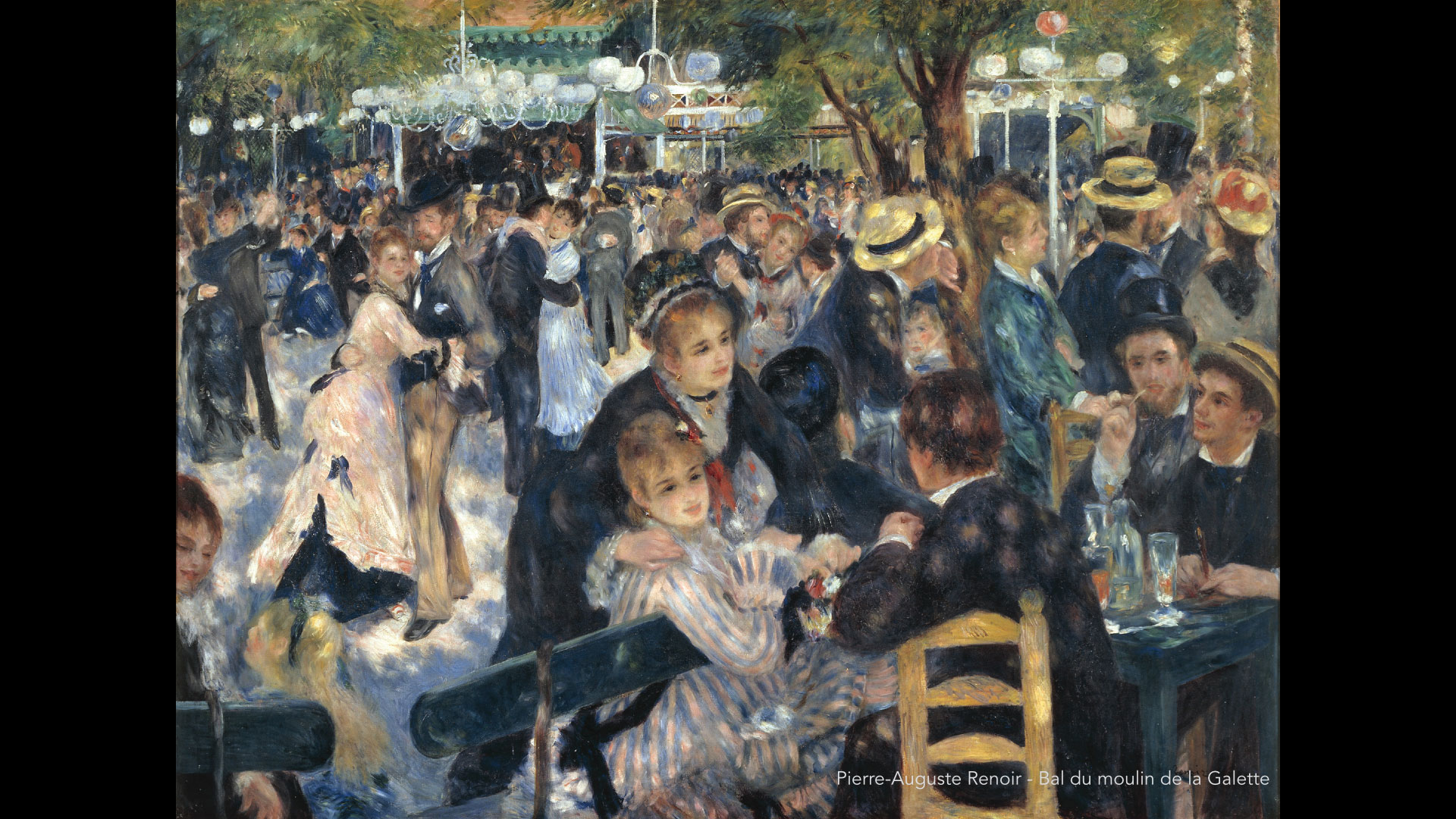
Creating these products was inspiring for Lou, but she wanted to work with real users. Here, she organized a futuring workshop with participants who had and didn’t have artistic backgrounds. She asked them imagine themselves in the year 2050, and invited them to make collages of “their ideal space to look at art and re-energize themselves.”
Lou has her own assumptions about the future of art—principally that art will become more ubiquitous—and she wanted to see how they corresponded with other people’s assumptions. The participants’ work articulated a world where social media forces us to be online all the time; where the world is oppressive and judgmental. “They imagined a world where technology has entered our lives on a huge scale,” Lou reflects, “and is having negative effects. People need to disconnect from their real world, as well as from their virtual world.”
“I transformed this specific daily object into a meditative one. Books have the capacity to transport us anywhere at anytime. I wanted to do the same—but with light instead of words.”
Beyond
As a response, Lou created an art object to help people escape an oppressive, social media-obsessed world: Beyond. Beyond is a product that looks and feels like a book, but isn’t an ordinary book. Once you open it up, you are absorbed into an illusion of an infinitely deep “tunnel of light.”
“I wanted a way to persuade people to use the app on a daily basis—to condition them to want art and to enjoy art.”
Gateway
Pulling things back, Lou’s next work was Gateway—a virtual reality app that allows people to experience the latest art installations "anywhere and at any time."
Created for art lovers who neither have the time nor the money to go to art exhibitions, “Gateway features a different experience on a daily basis, teleporting users whenever they want to go,” Lou offers. ”Every day, people can use the app, discovering the ‘art of the day.’
Users can turn around 360 degrees, look up, and look down. When looking down, the name of work and the artist is revealed. With the Gateway app, they can see that specific art installation as many times as they want throughout that day—and can also revisit their favorites, since they have the option of saving twenty pieces per year. But if they miss a day, they will never be able to see that day’s art. “I wanted a way to persuade people to use the app on a daily basis—to condition them to want art and to enjoy art,” she argues. “If I added the elements of scarcity and time, there is a fear of missing out that motivates people. Who wants to miss something that might be great?”
In museums or galleries, people are often surrounded by many other people and their attendant noise. Gateway removes the distractions, and intensifies the experience by giving the user the opportunity to see the artwork in a new and unfamiliar way.
WanderSpheres
After creating the app, Lou wanted to test it out. Here she created WanderSpheres. She launched it as an event—fittingly in proximity to the galleries in Chelsea—teleporting people into her virtual art worlds. She created three “helmets”—inspired by Walter Van Beirendonck, Ingeborg Morath, and Saul Steinberg. Each helmet contains a Google Cardboard, an iPhone, and audio.
Recapping her experience of the event, Lou realized that “people were using the helmets between 30 seconds and 3 minutes—which is longer than the average time that most people look at any art.” (See above.) She posits that “people wearing the helmet experience a moment when they are seeing something unique—and that specific moment is very strong because nothing else can intervene. There are no distractions; it’s just the user and the virtual art installation.”
“Again I took an absurdist approach. The view from inside the helmet is intensely personal, but people looking at you using it experience a performance. This relationship between the viewed and the viewer is something that has always intrigued me.”
The observed experience can be shared on social media, but the virtual reality experience is unique and not possible to share with pictures—only through words and memories.
Looking forward, Lou is planning to hold additional events—creating pop-up museum exhibitions, or partnering with museums since so many people love the idea of sharing art and making it accessible to everyone.
Contact Louise-Anne van ‘t Riet at louiseannevtr[at]live[dot]be.
































